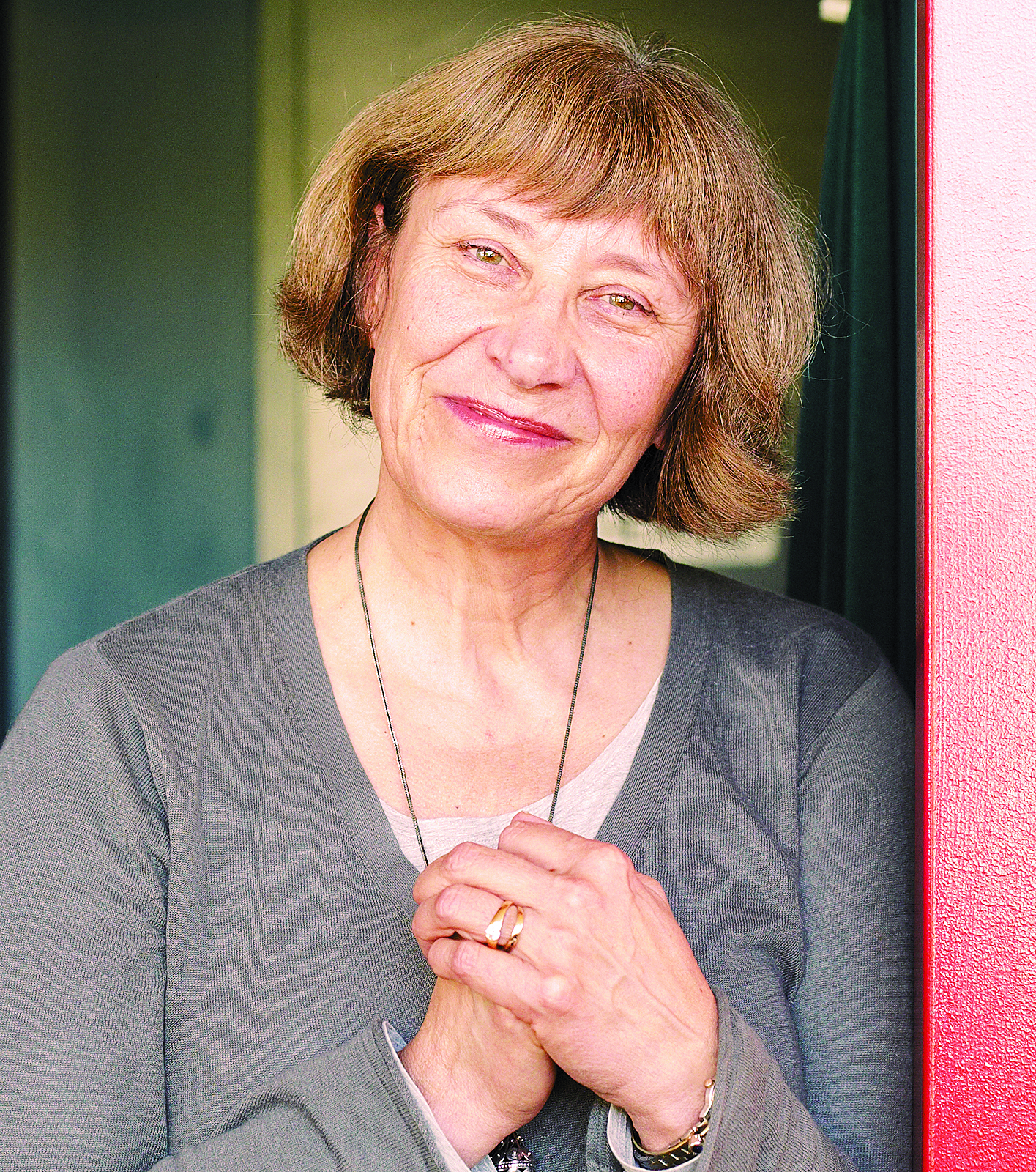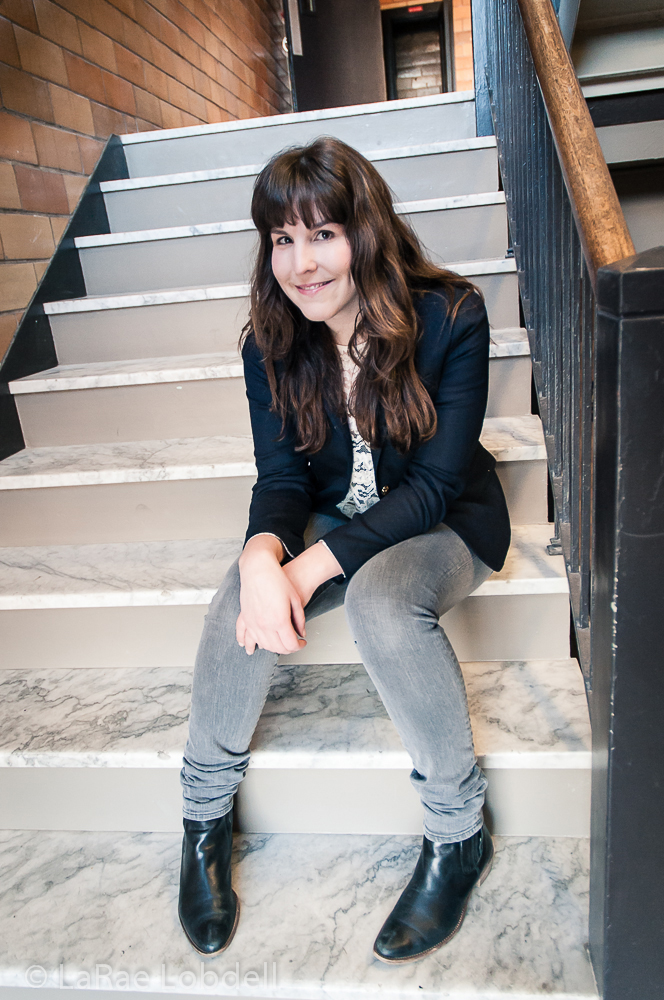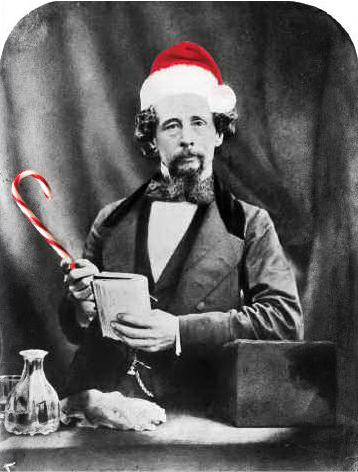Once upon a time there lived a very wonderful theater troupe called the UMO Ensemble that hadn’t a home of its own. The actors were all immensely talented and intelligent and charismatic, and they all lived in a very artistic and semi-communal style on Vashon Island, but every year they spent a lot of their time on the road touring as a strange collection of buffoons, clowns, and trapeze artists far away from their island because no local theaters, frankly, quite knew what to do with them. But then one day the man who ran one of these venues offered them a place to do what they did so well, but with one condition: They must collaborate on a work that was designed for all ages, that was narrative-based, and that wouldn’t scare off any of the sort of people who might find their more sophisticated work off-putting. They agreed to do so, and with the help of the jolly white-haired theater director they set to work.
Expressions of the Spirit
Empty Space Theater
ends February 13
Or at least that’s my version of the events. If you want to see for yourself what the end of this story really looks like, you’ve got to get over to the Empty Space as soon as you can and see Expressions of the Spirit: Tales from the Brothers Grimm. Co-created with the Space’s artistic director, Eddie Levi Lee, this is a piece that manages to be cheerfully mainstream while staying true to the experimental tastes of the troupe.
The plot is a clever blending of several traditional fairy tales into a piece that owes as much to adult academics (Bruno Bettelheim, Joseph Campbell . . . ) as to the original Grimm stories. The Princess Felaline (Martha Enson) is the youngest, and seemingly the least promising, of the daughters of an aged king. While her sisters flawlessly perform the dances at court, she galumphs clumsily about, filled with more enthusiasm than ability. But, like Shakespeare’s Cordelia, she clearly loves her father more than her sisters do. When the king becomes ill, he sends his offspring out into the world via a trail of three airborne feathers to find a cure. Her sisters go spinning off, but poor Felaline’s feather falls to the ground and stays there. Her explorations, however, soon reveal a secret world underground, and so she’s off on a quest that seems to open up a whole batch of new questions for every answer she finds.
While the company has stayed true to its source material and stated aim of producing a show for the entire family, this isn’t traditional children’s theater. In most productions for kids, a certain broadness of acting style is pretty much inevitable, as emotion and motivation are “explained” to those not deemed mature enough to get things on the first go-round. But Enson and the rest of the company give performances genuinely real and affecting. When Felaline, for example, is enchanted into loving an exceptionally craven and stupid prince (Kevin Joyce, in one of several pristine comic roles), it’s clear from her behavior that prying love out of a reluctant heart is a painful process, spell or no spell.
Occasionally the narrative slows the actors down. This is a group used to getting from Point A to Point H or K in one fluid movement, and the necessity of trekking along a plot line seems almost a burden on its mercurial talents. There’s also less of the entirely inspired theatrical trickery that is the group’s trademark, though a collection of cantankerous crows from whom Felaline must steal an enchanted cloak is brilliantly created from a trio of umbrellas.
It is a great pleasure to see the normally penurious UMO treated to Regan Haines’ elaborate and exotic costumes and set, the latter centering around a huge moving platform that doubles as all the high places (throne rooms and bejeweled mountains) and low places (tunnels and forest caves) featured in a typical fairy tale. Haines has a clear affinity for the group’s sly nonsense and fluid movement, especially with his series of masks for the lemurlike Under-dwellers and three bothersome giants who almost stomp poor Felaline quite flat. UMO member Joyce’s musical contributions to the evening, which range from nonsense ditties to haunting choral pieces, show that this performer’s talent for song is becoming increasingly ambitious and effective.
While troupe members Janet McAlpin (as a series of kindly advisers to the princess), Esther Edelman (as a splendid Wicked Witch who outdoes Snow White‘s), and Bradley McDevitt (in a variety of smaller roles) all contribute mightily to the show, the more traditional form of the narrative makes stars out of Enson and Joyce, whose broad range of comedy and pathos are the heart of the show. In some ways, this more conventional approach to theater is a gravitational tonic for a company that tends occasionally to drift into the outer orbits of experimentation. And while this show isn’t as unexpected or transcendent as the troupe’s original material, it’s a delightful excursion into unfamiliar territory for the Space, the company, and their audiences.







